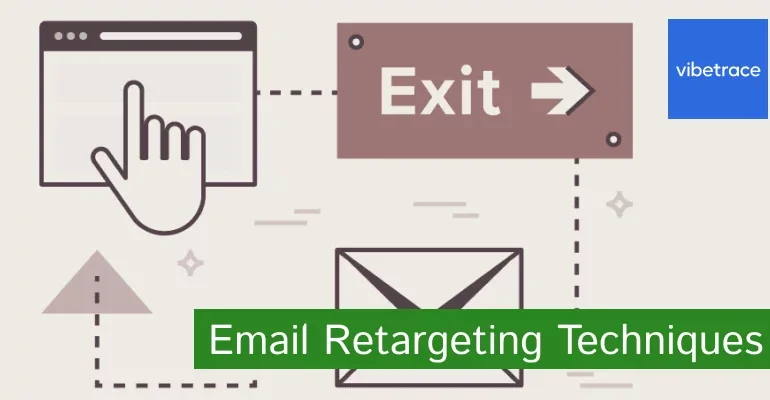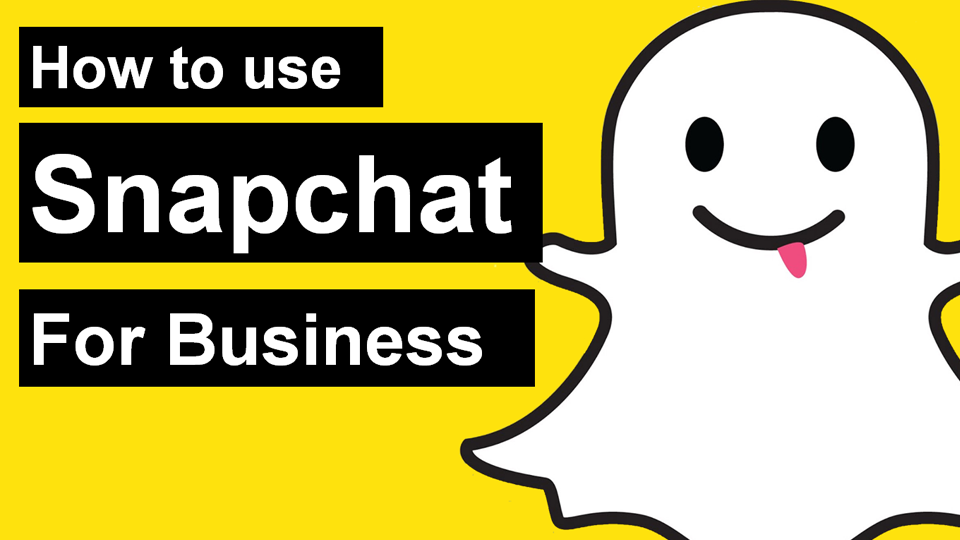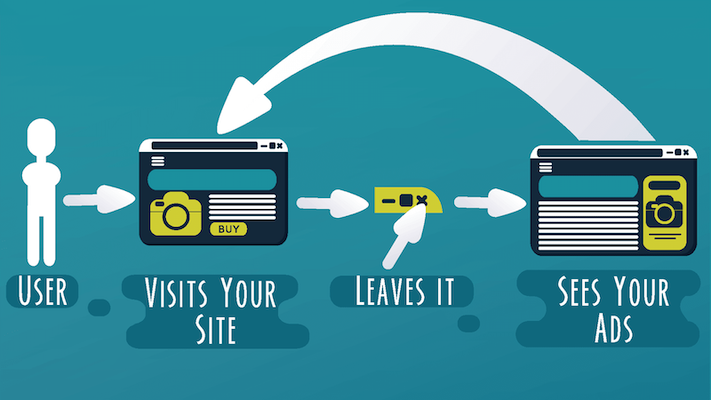How to do email remarketing?

Surely it has happened to you that you are browsing an e-commerce site and soon you receive an email with suggested products or with a discount on the same products you have considered buying.
This technique of digital marketing is called email remarketing or email retargeting, and it’s a pretty effective technique for getting users to convert.
What is email remarketing?
The Email Remarketing is a technique that consists of sending personalized emails to users who have already interacted with our website, to encourage them to take the action we suggest (purchase, conversion, registration, etc).
There are several types of email remarketing, and the goal of this article is to guide you through understanding how each type works and how and when to implement them in your marketing strategy.
1) Direct the user to a landing page with a built-in pixel
The first type of email retargeting is the most common. We are referring to sending an email to our database that leads to a landing page with an integrated tracking pixel.
It works like this: the user receives an email with some incentive to click and go to your website. Once there, thanks to tracking pixels, you can track their behavior and see what interests them about you. In addition to studying the user, you can take advantage of the pixel to send display advertising while browsing other pages on the internet. This will make them remember your products and identify you as a brand, and thus, reconsider revisiting your website and even going straight to buy.
2) Abandoned Cart
The second type of email retargeting that we will address in this article is the abandoned cart one. This is a technique widely used by e-commerce, since its conversion rate is very high.
If the user has registered on your e-commerce website, you can follow their behavior in an automated way on your website, and the moment they abandon the shopping cart, you can send them an automatic email reminding them that they have forgotten to complete the purchase.
If a user is visiting your website and browsing your products without having left their data, you will not be able to send them an email, but you will be able to do traditional remarketing if you have tracking pixels integrated into your website.
Once you have detected their cookie and added them to a Google or Facebook remarketing list, for example, you will be able to target them with display ads on the respective platforms that are part of their network.
3) Email remarketing using our CRM
The third type of email remarketing consists of cross-referencing our database with the database of an advertising network.
Google, Facebook, LinkedIn, and Twitter have such large databases that they allow you to provide them with your database and cross-reference it with theirs to identify common users, and thus launch advertising when they browse their sites.
This type of remarketing works great to attract the attention of users who haven’t interacted with your website in a long time. It’s a good way to send reminders with your product offering.
4) Email remarketing to users who are not in our database
The fourth and last type of remarketing consists of hiring an external service to achieve an email impact on those users who have not left their data and who have interacted with our website but have not converted.
First, the unidentified user visits your website and leaves without leaving their data or completing a purchase, the external server crosses their cookie with the database of their partner, and when it has identified them, sends them a reminder email on our behalf. These service providers typically charge a shipping or conversion fee.
Here are the types of email remarketing you can implement in your Email Marketing Strategy to encourage user to complete their transactions on your website. We hope this article encourages you to try them!










